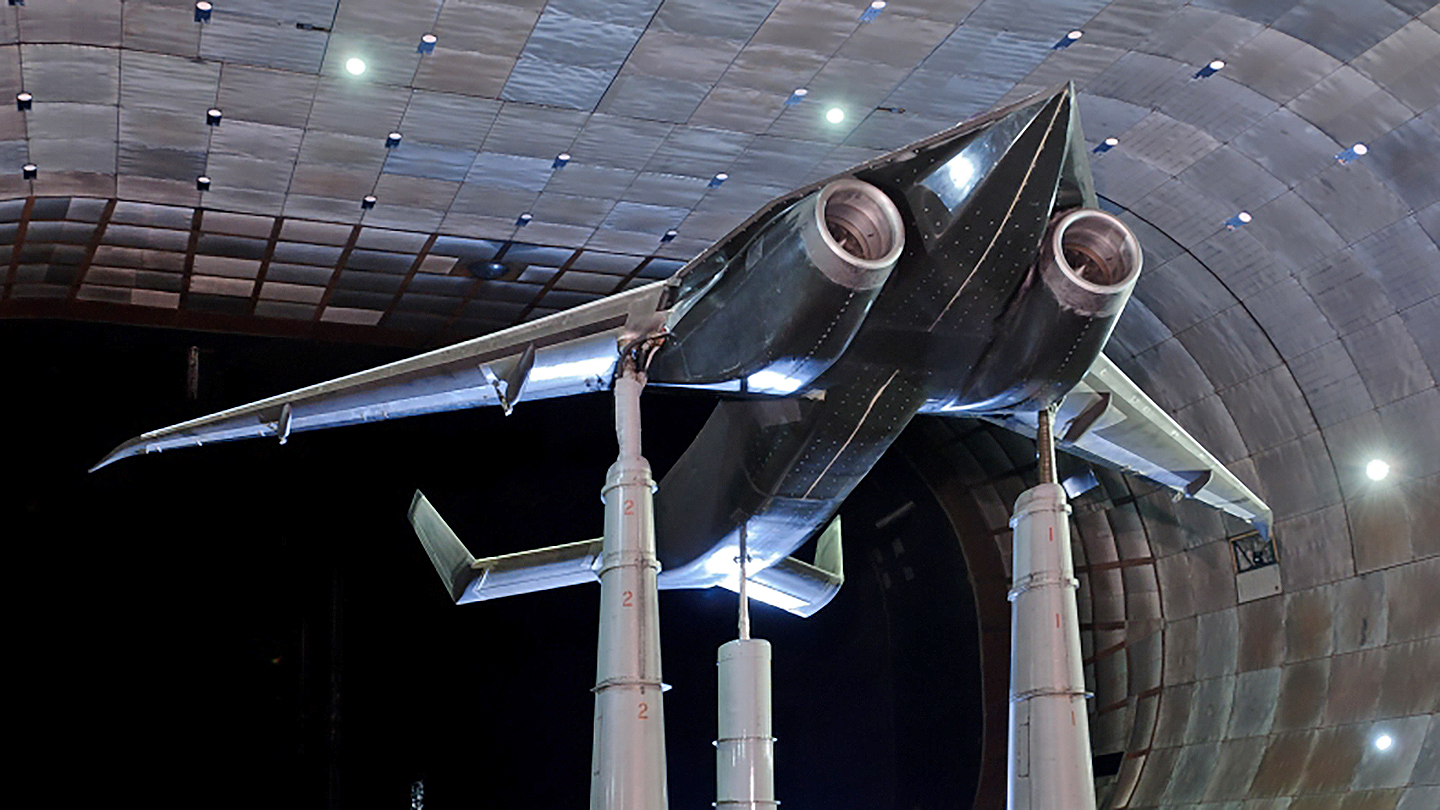The U.S. Air Force’s plans for its next-generation airlift capabilities are starting to take shape, with Air Mobility Command (AMC) saying it favors a series of aircraft, rather than one single solution. With this, we may be one step closer to answering the question of how the service will go about replacing its fleet of modernized but Cold War-vintage C-5 Galaxy and more recent, but also out-of-production C-17 Globemaster III airlifters — and potentially other transport types, as well.
“I think there’s an absolute, mandatory need to look at the problem in terms of a system as opposed to just one thing that has to do everything,” Gen. Mike Minihan, the boss of AMC, told Aviation Week in a recent interview. Minihan’s vision of a future airlift fleet will not just focus on replacing the vital C-5 and C-17, and ultimately also the C-130 Hercules, which remains in production. It is also about fulfilling a wider spectrum of aerial transport requirements, including using smaller aircraft.
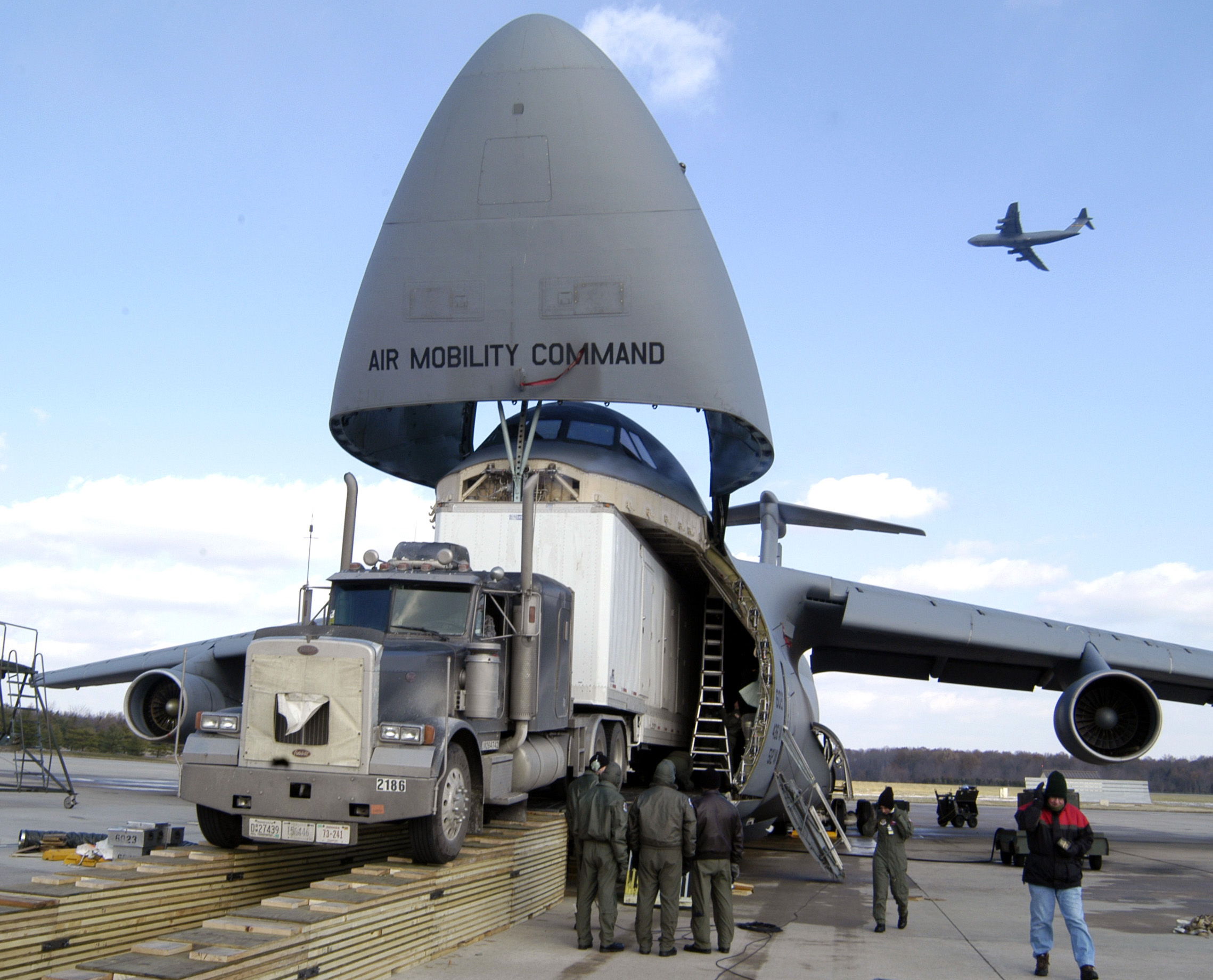
Gen. Minihan also said that AMC is looking at future solutions that go well beyond the conventional fixed-wing crewed transport aircraft operated by the command today. Both crewed and uncrewed platforms are under consideration, but so are more radical solutions, such as vertical takeoff and landing capable aircraft, Ekranoplan-Like designs, and airships.
The idea of an uncrewed transport is something that has gotten more leverage of late. In March last year, Pacific Air Forces commander Gen. Kenneth S. Wilsbach suggested that an uncrewed airlifter, smaller than the C-130 and closer in size to the World War II-era C-47 Skytrain, could play an important role in the Pacific theater.
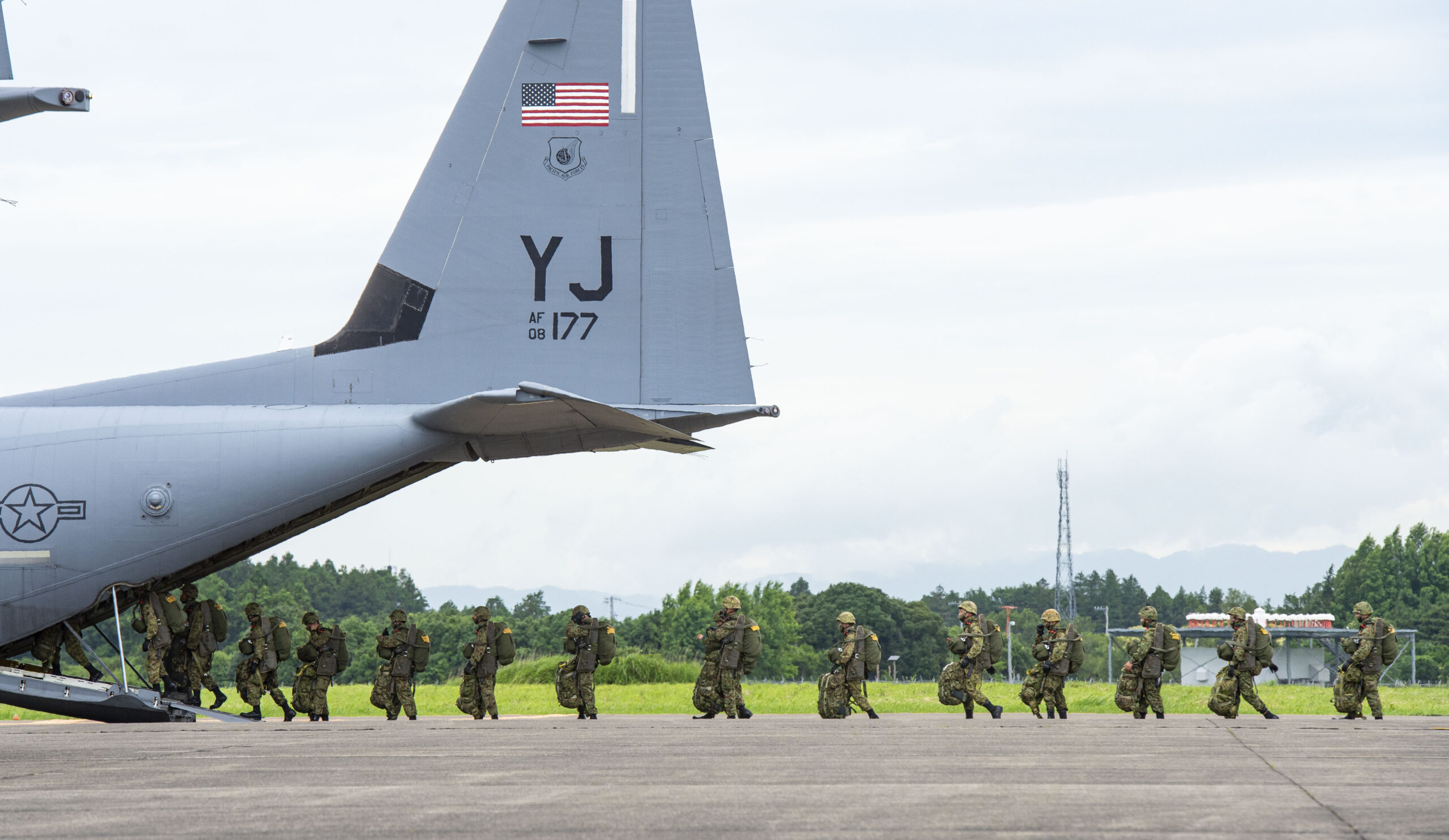
“There were … thousands, maybe, of C-47s, and they were all over the Pacific,” Wilsback remarked. “They weren’t fast, but they can carry a lot, and they tackled the logistics problem of the Pacific by having a lot of tails to … move equipment.” Although “it got there at 120, maybe 150 knots … it worked. We could have something like that for ACE, where you don’t have to have it going 500 knots,” but the logistics effort wouldn’t “eat a lot of tail numbers to be able to get the small bits of equipment and pieces to the various spots that we intend to deploy from.”
More generally, the ability to deal with contingencies in the Pacific theater is something that the AMC is now concentrating on, including in the two-week Mobility Guardian exercise that concluded last Friday. You can read more about those maneuvers here. Some of the particular elements put to the test included extended-duration tanker missions, with these aircraft serving as “forward nodes” for the distribution of fuel but also data; emergency dispersal of aircraft by “flushing” airfields; and dealing with “aircraft battle damage capability.”

Another key question, Gen. Minihan told Aviation Week, is “‘Can I get cargo forward into a high-threat environment?’ but also: ‘Can I get cargo forward to a maneuvering unit that doesn’t have a runway from which I can operate?’”
He continued: “Does it have to be manned? Can it be unmanned? Does it have to be 10,000 pounds or 5,000 pounds [payload capacity-wise]? Can I do vertical lift? Can I do it on an airship [or] a slow-moving low-altitude blimp? There’s a lot of opportunity when it comes to how you approach that.”
As far as the payload capacity of existing AMC transports, the C-130J can lift 42,000 pounds, the C-17A 170,900 pounds, and the C-5M 281,001 pounds. This, as well as Minihan’s comments on the C-47, suggests that the kind of transport suitable for more limited airlift missions in higher-threat environments that he has in mind would be significantly smaller than the C-130J. Often times, just a single part that keeps another aircraft grounded or weapon or communication system from working is all that is needed. Using smaller aircraft, even unmanned ones, could make sense for fulfilling those on-demand logistics requirements.
It just so happens that China has developed just such an unmanned aircraft, the Scorpion D. You can read about it here. It also has short-takeoff and landing capabilities, a range of multiple thousands of miles, and appears to be exactly what the General is describing.

Even the Navy has said in the past that when ships encounter problems as a result of logistics-related issues that leave them partially mission capable or non-mission capable, 90 percent of the time this can be resolved by the delivery of a component weighing 50 pounds or less.
The unmanned option is also interesting as AMC is already exploring single pilot operations for some of its tankers, even just to use in contingencies. Sustained conflict in the Pacific could certainly necessitate such operations, including for airlifters, as well. Going unmanned, even for the lowliest of small cargo duties, solves some of this problem.
A varied fleet of next-generation airlifters is still some way off in the future, especially with the Air Force currently prioritizing the Next-Generation Air Refueling System (NGAS). This will field new aerial refueling aircraft from the 2030s, following on from the in-production KC-46s and finally replacing the veteran KC-135 Stratotanker fleet.
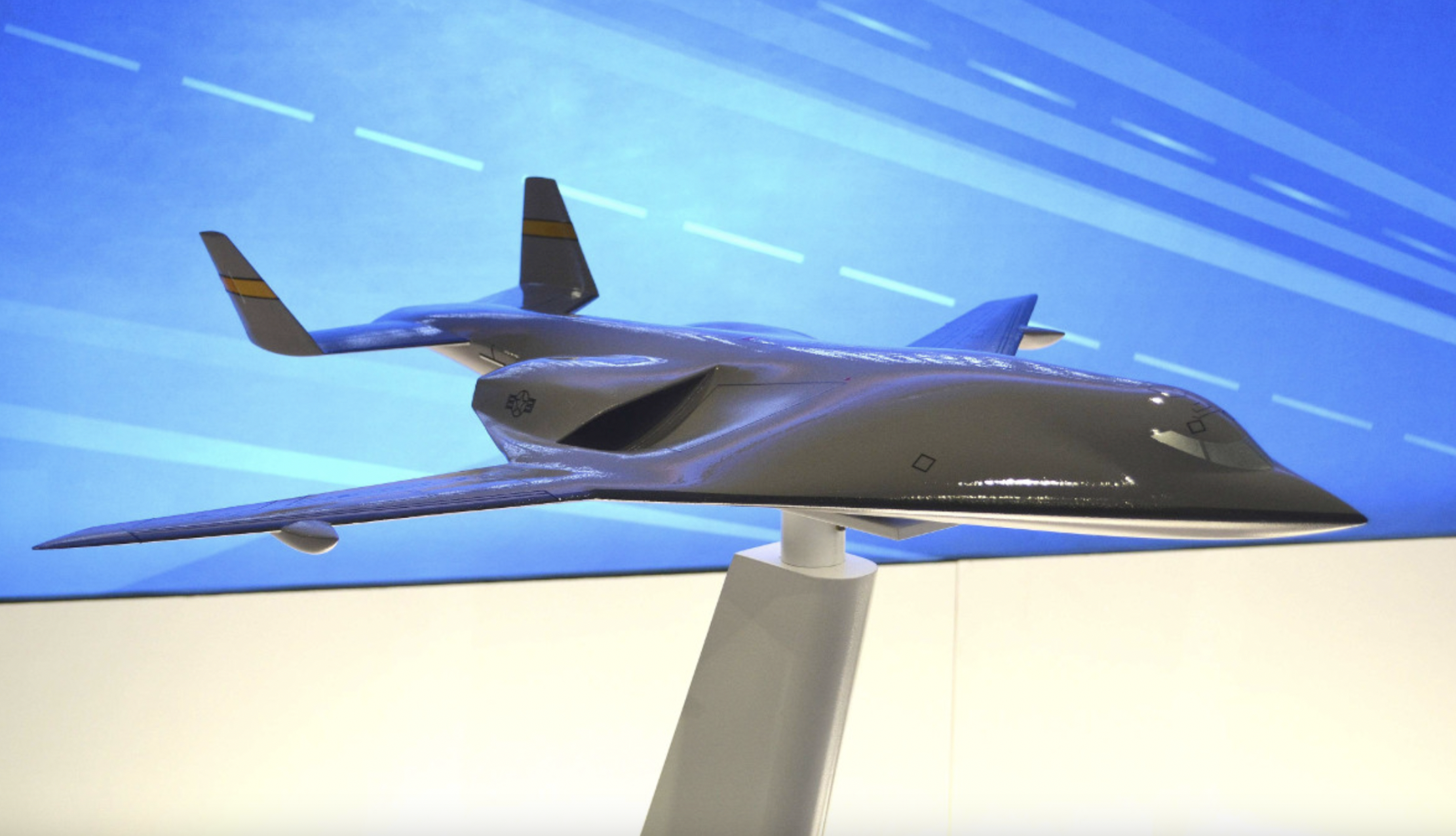
In fact, the program to field new airlift capabilities is at such an early stage that it’s unclear if it will be pursued under the Next-Generation Airlift (NGAL) name, or if it will be reconfigured under the name Next-Generation Airlift System, to better represent that fact that it will involve a family of different platforms and capabilities. The Air Force is taking the family of systems approach to both its future Long-Range Strike (LRS) and Next Generation Air Dominance (NGAD) portfolios, so it wouldn’t be surprising if airlift follows this trend.
Gen. Minihan indicated this, saying that Next-Generation Airlift or Next-Generation Airlift System will draw upon technologies from the B-21 Raider stealth bomber as well as Next Generation Air Dominance, the Air Force’s sixth-generation air superiority initiative, which also involves a ‘system of systems’ approach.
“I want to develop a headquarters that thinks about the next generation of systems, not just when the current generation is failing,” Gen. Minihan said of the future airlift program. “We need to create a muscle memory and a capability that survives the actual acquisition of the airplane.”
In the meantime, the Air Force is conducting an analysis of alternatives, to better understand the requirements and how they could be met.
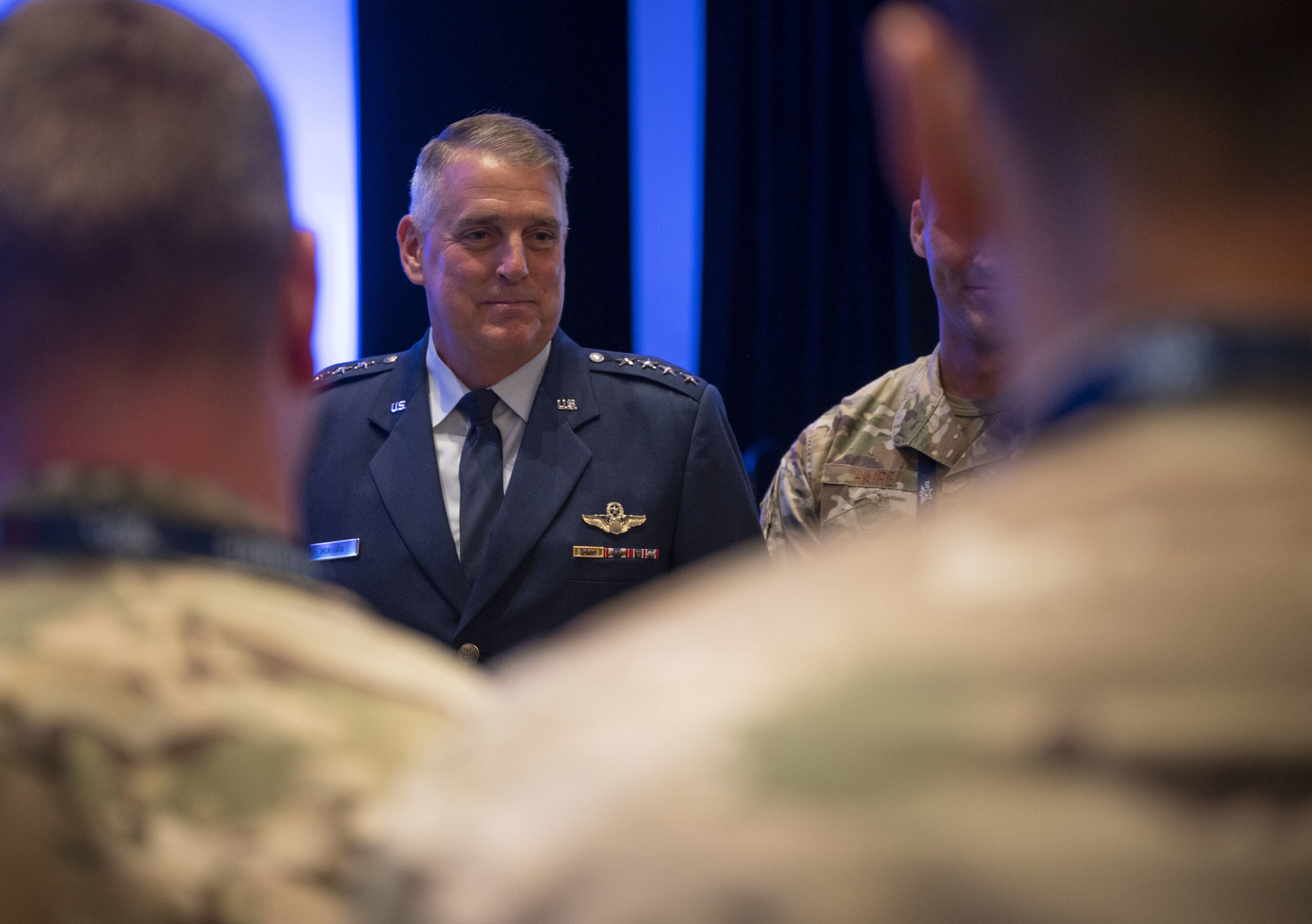
In its favor is the fact that already the Air Force and industry are studying a range of different airlift concepts and technologies, some of which Gen. Minihan confirmed that AMC is examining with a view to harnessing them to meet future aerial transport requirements.
Among those programs named by Gen. Minihan are the blended wing-body (BWB) demonstrator being run by the Pentagon’s Defense Innovation Unit (DIU), and the Speed and Runway Independent Technologies (SPRINT) and Liberty Lifter demonstrators from the Defense Advanced Research Projects Agency (DARPA). Of these, the SPRINT focuses on an aerial platform that can cruise at over 400 knots, hovering into and out of austere areas that lack runways. Liberty Lifter, meanwhile, “aims to design, build, float, and fly an affordable, innovative, and disruptive seaplane that operates efficiently in ground effect,” according to DARPA.
Interestingly, the DIU is known to have put out a request for information last year looking for companies that might be able to provide “digital concepts of design” for an advanced BWB aircraft “that provides at least 30 percent more aerodynamic efficiency than the Boeing 767 and Airbus A330 families of commercial and military aircraft.” The announcement also noted a desire to potentially have a flying demonstrator ready by 2026.
Further to that, earlier this month the DIU confirmed it is considering two bids for a full-scale BWB multi-role demonstrator for evaluation as a potential future U.S. Air Force tanker and airlifter. One of those bidders is known to be the California-based startup JetZero, working with Northrop Grumman on an all-new BWB concept.
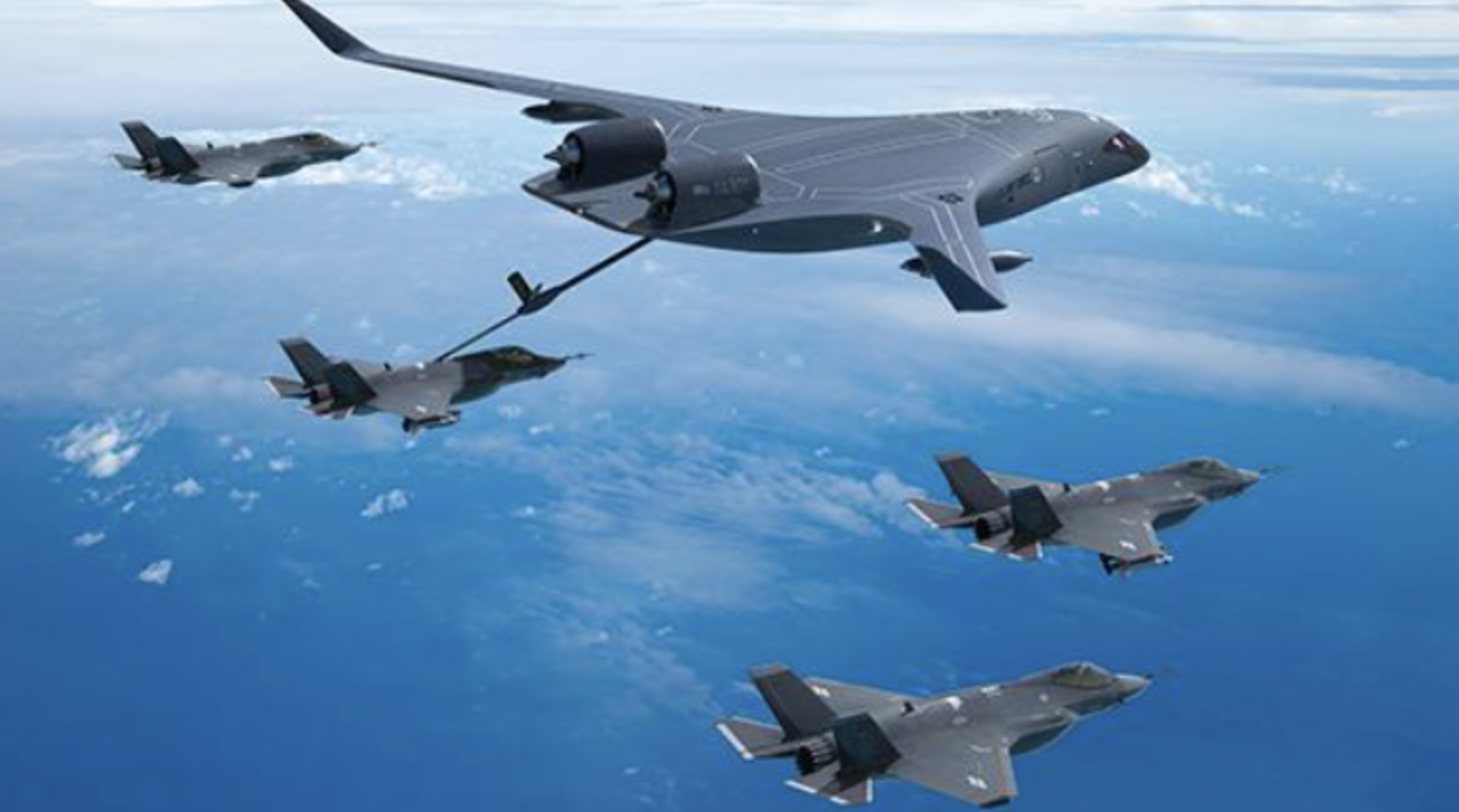
The AMC boss also said that the command is in talks with the Air Force Research Laboratory about various other designs that have not yet been publicly disclosed.
BWB designs have seen increasing interest in recent years, specifically where cargo aircraft are concerned. Earlier this year, for example, Boeing unveiled a concept for a stealthy tactical cargo aircraft with a blended wing-body design.

As we have highlighted in the past, BWB designs incorporate flying-wing-like planforms and often evoke the general look of very stealthy designs, but their general configuration is not necessarily low-observable. Still, the design concept makes lends itself to these qualities and makes integrating some degree of low observability easier.
The Boeing BWB concept unveiled earlier this year does have additional stealthy design features, including a fuselage with at least some chined edges and a more beak-like nose, as well as a pair of fully internal jet engines. Its splayed tail is also a notable feature that almost certainly has low-observable benefits, including top-mounted exhausts that help with both IR and radar signatures. These are just notional though and should be taken as such.

Beyond any stealth technology discussions, BWB designs offer several main benefits that would be of considerable interest to AMC, including enhanced aerodynamic efficiency, leading to increased fuel economy and overall range. Expanded internal volume and lifting might is also a plus.
Even more radical than BWB designs is a proposal mentioned by the Wall Street Journal this week, referring to “space rockets to blast cargo anywhere in the world within minutes.” While unclear to what degree this is built into current thinking on next-generation airlift, there is little doubt that the idea has generated interest in the Pentagon in the past. This is something that The War Zone has looked at previously.
While there are still many unknowns about the kinds of capabilities and platforms that the future airlift program may address, one thing that seems to be central, at least at this stage, is the requirement for a much greater degree of survivability compared to legacy airlift platforms.
On more than one occasion, the Secretary of the Air Force Frank Kendall has highlighted the need for more survivable airlifters and aerial refueling tankers, which the Air Force says will be critical in future high-end conflicts against near-peer adversaries, especially China.
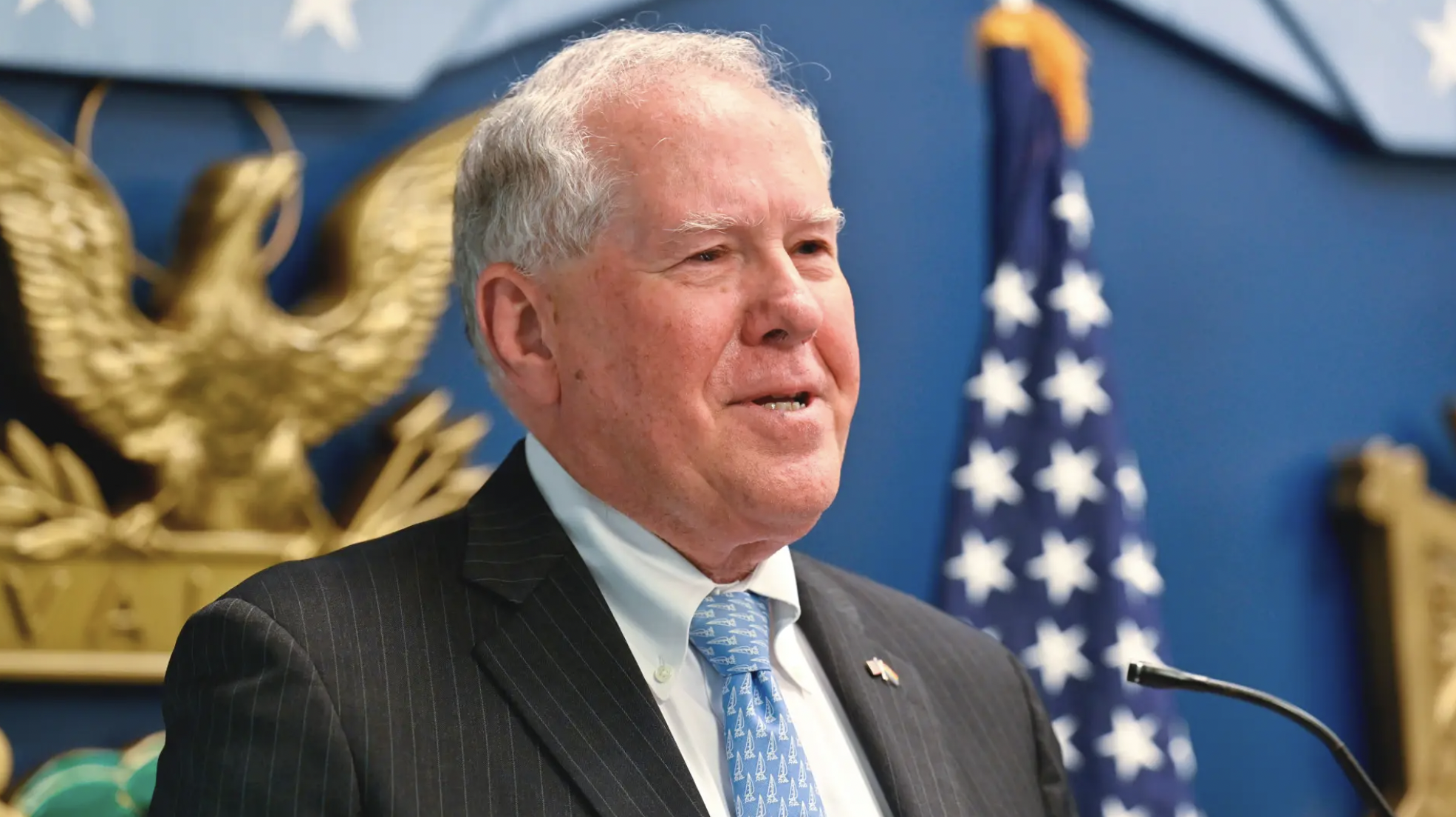
As regards future transport aircraft specifically, speaking last September, the Air Force Secretary explained: “These future mobility concepts may be very different than our traditional ones. We need capabilities that can survive the threat of long-range air-to-air missiles. You must be able to bring mobility assets into a contested environment.”
This kind of thinking is something that has become increasingly important not only to the development of new fighters and bombers, which are expected to operate in contested environments, but also to future support assets — including tankers and transports. These aircraft will increasingly be at risk from both long-range ground-based air defenses but also from air-launched missiles with steadily greater range and capabilities.
While the exact levels of survivability that will be required from the different elements of the future airlift fleet are not yet clear, Gen. Minihan did provide an interesting survivability concept for the future tanker fleet.
According to the AMC chief, the first tier of survivability, for tankers, will cover operations in very permissive environments, including refueling aircraft in peacetime, for daily operations in the United States, for example, or during exercises. For these kinds of missions, aircraft like the legacy KC-135 and KC-46 would be suitable.
The second tier covers tankers that would be required to operate on the margins of combat operations in the Pacific theater. Here, aerial refuelers would require a greater degree of survivability as well as enhanced situational awareness and connectivity to communicate with the combat assets that would also be on hand to protect them.
Such a level of survivability could be achieved through upgrades of legacy types. It might well include, for example, loyal wingman-type drones that could escort the tankers and launch air-to-air missiles, as well as technologies such as the podded Real-Time Information in the Cockpit (RTIC) initiative, which allows the KC-135 to serve as a communications node for other platforms. It’s also now being adapted for transports, too, including the C-130 and C-17. Laser-based defenses and electronic warfare pods could also help defend these lumbering aircraft so close to the fighting.
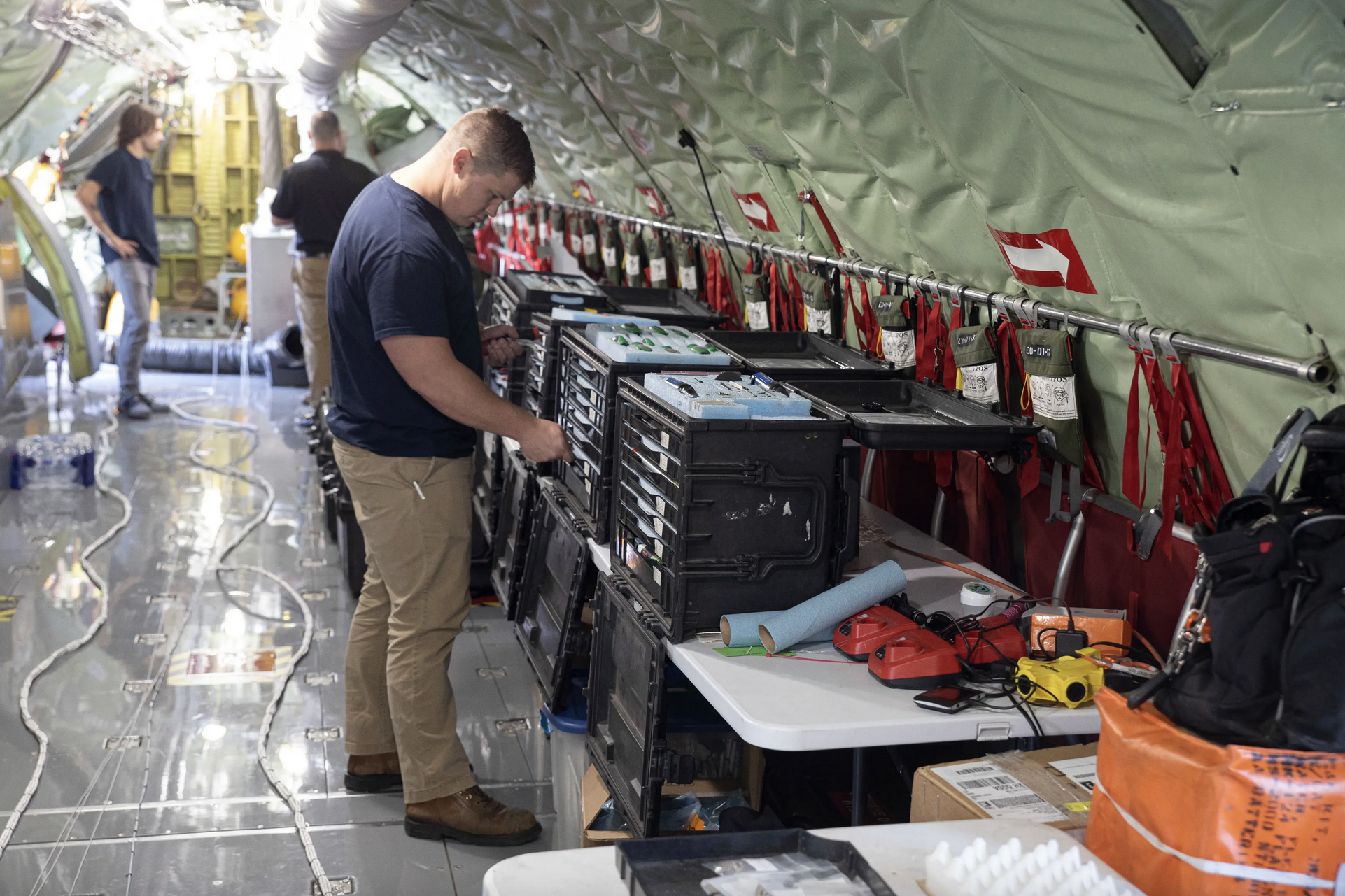
Finally, the third tier of tanker survivability calls for refueling assets that are survivable enough to operate in or very close to the same high-end combat environments as fighters. For these, more exotic solutions would be required, including low-observable or stealth technologies.
“That can be a small fleet of very capable aircraft that can be a bucket brigade — that can be the exquisite gas that needs to be [sent] forward so the kinetic team can be successful,” Gen. Minihan outlined. He also pointed to the example of the Navy’s MQ-25 Stingray carrier-based refueling drone as the kind of platform that could fulfill such missions, provided it was able to not only dispense fuel but also receive it.
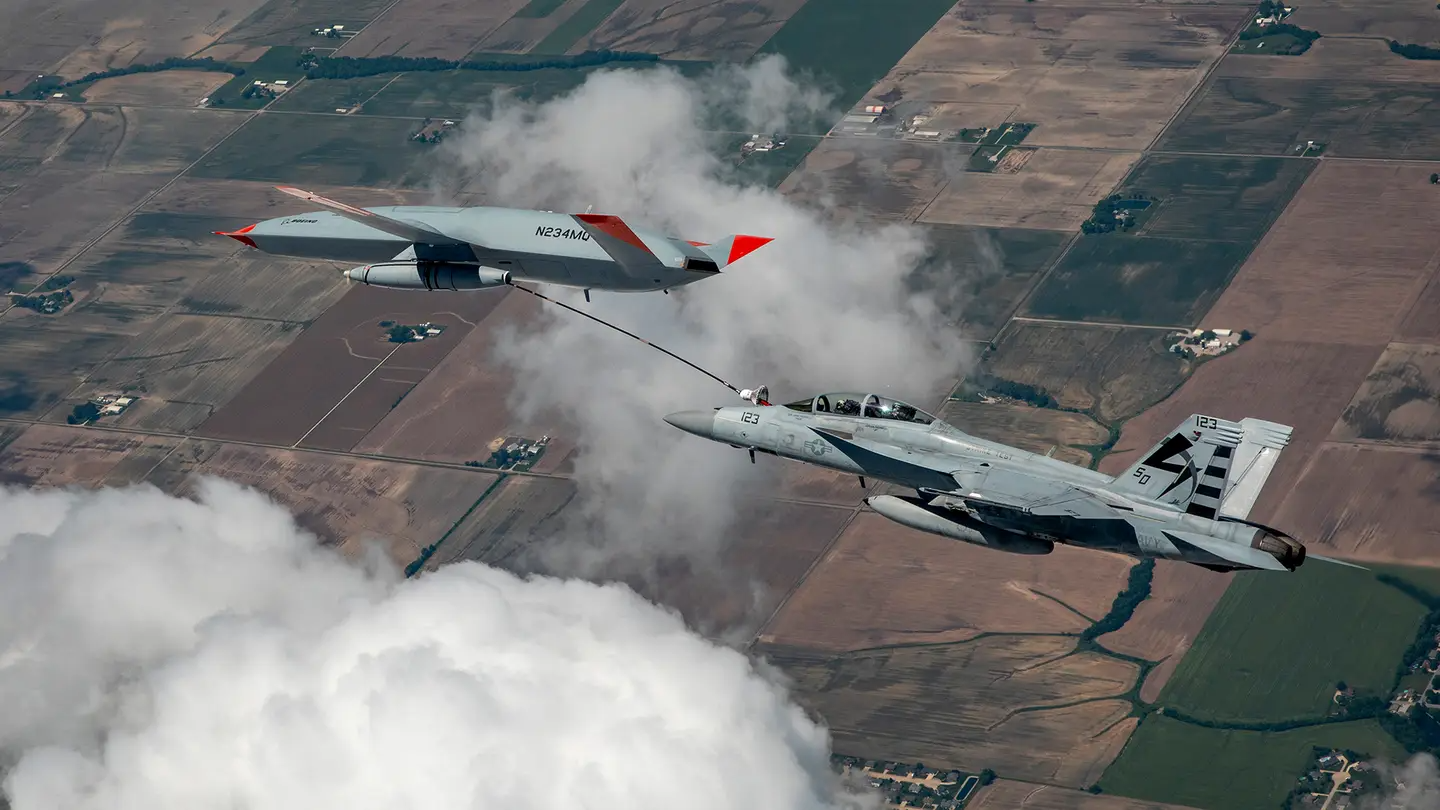
It’s not inconceivable that a future airlift fleet could be tiered in a similar way, with different platforms incorporating different levels of survivability based on their operational requirements. Certainly, the Air Force is mindful that at least some of its future aerial transport platforms will be expected to deliver cargoes and even troops into environments that would simply be too hazardous for aircraft like today’s C-130 and C-17. And using very low-level flying may buy back some survivability in certain scenarios, but it does not provide the level of protection it once did.
As well as the aforementioned Boeing BWB transport study with low-observable features, the same company previously also ran the stealthy Speed Agile program, which was focused on developing a concept for a “next-generation tactical mobility aircraft” for the Air Force. Speed Agile was conceived more than a decade ago and was not a fully BWB design, but such concepts clearly still have relevance for current thinking about future airlift options.
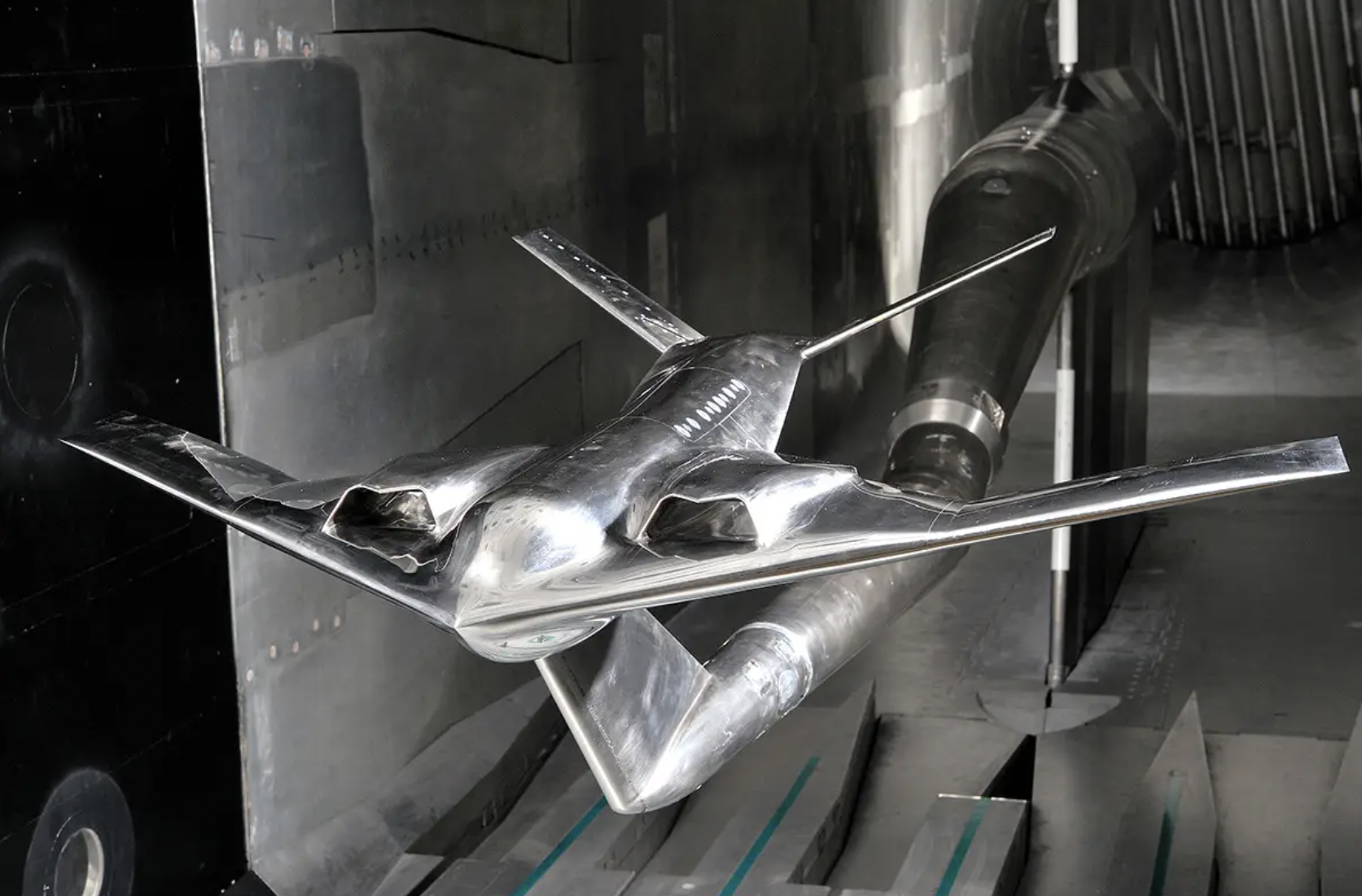
The idea of stealthy tactical transports is also something that the U.S. special operations community, in particular, has been looking at for some time now. This has produced some novel concepts, which you can read more about in this past two-part War Zone feature.
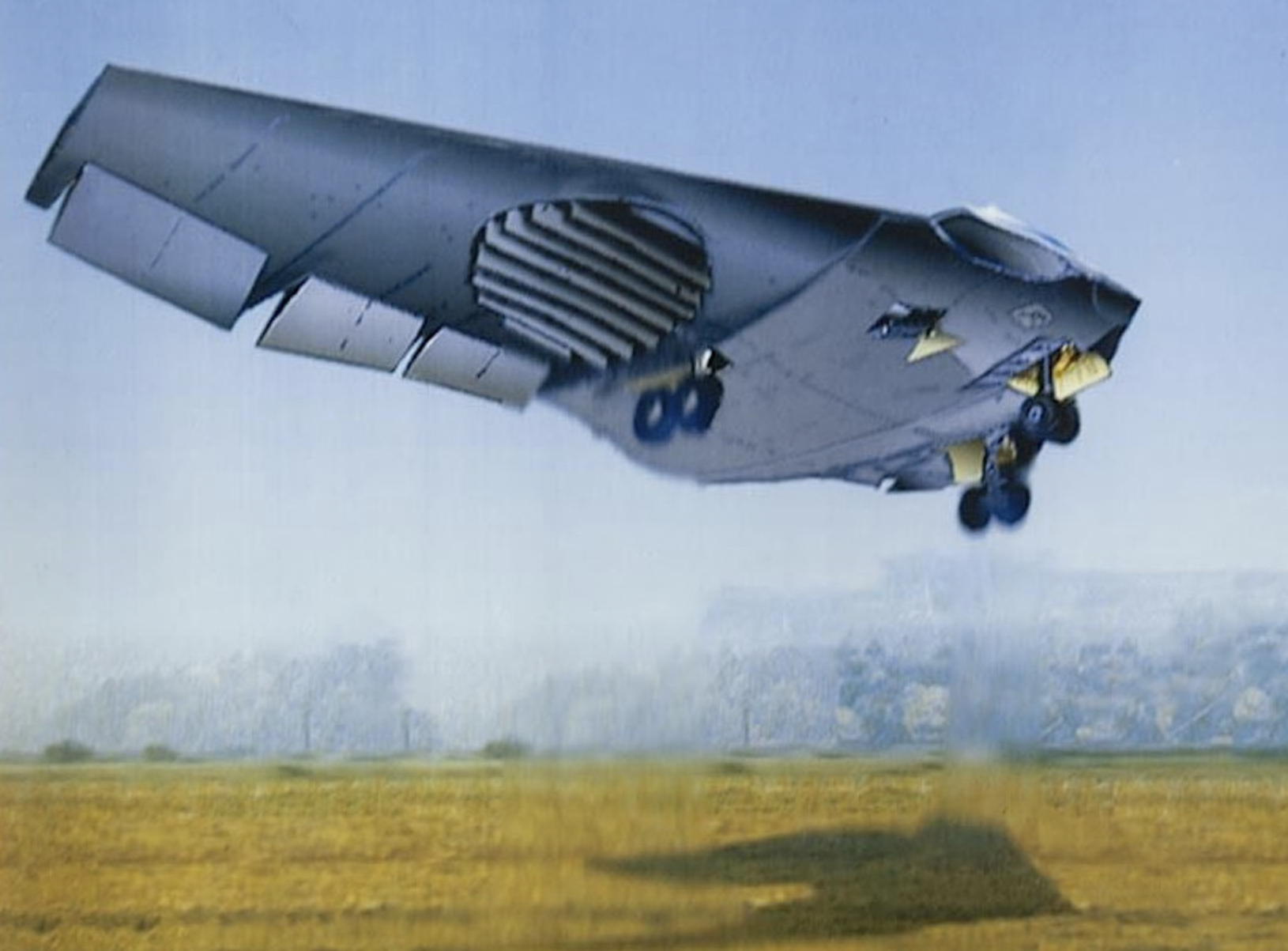
Another major requirement for the future airlift fleet involves the aforementioned improved connectivity. This should give these platforms the situational awareness they require to better survive as well as ensure seamless, real-time communication with other platforms, including fighters and command and control assets. As well as the aforementioned RTIC initiative, the Air Force is also exploring other networking tools for transports and tankers. These include the Airlift and Tanker Open Missions System, from Sierra Nevada Corp., which provides aircraft with multiple datalinks and other secure communications, via a fairly straightforward modification.
There’s also the Tanker Intelligent Gateway (TIG) system, also being tested on the KC-135, which provides capabilities similar to those in the E-11A Battlefield Airborne Communications Node, or BACN. It also provides the fusion and rebroadcasting of multiple datalink waveforms, allowing data to be sent and received across platforms with disparate data link architectures. In doing do, it creates an ‘active net’ over the battlefield and can maintain connectivity even with lower-flying platforms in high terrain, at least in some circumstances.
Ultimately, it’s envisaged that TIG could take on some of the roles now provided by airborne early warning and control (AEW&C) aircraft. This suggests that future transport aircraft could also have a command-and-control function, something that would fit broadly with the Air Force’s aspiration to have AEW&C capabilities, in the future, handled by a more resilient network of distributed systems, including in space.
Future airlifters are also likely to make use of developments in the realm of cutting-edge positioning, navigation, and timing (PNT) and artificial intelligence. The MagNav system, for example, which was developed by the Air Force Research Laboratory and the Massachusetts Institute of Technology’s Lincoln Lab, derives navigational cues from the Earth’s magnetic field, with AI being used to remove the effects of the C-17’s interference. In a contested environment, where enemy forces would be expected to disable or at least downgrade GPS signals, a system like MagNav could ensure a transport got to its destination.
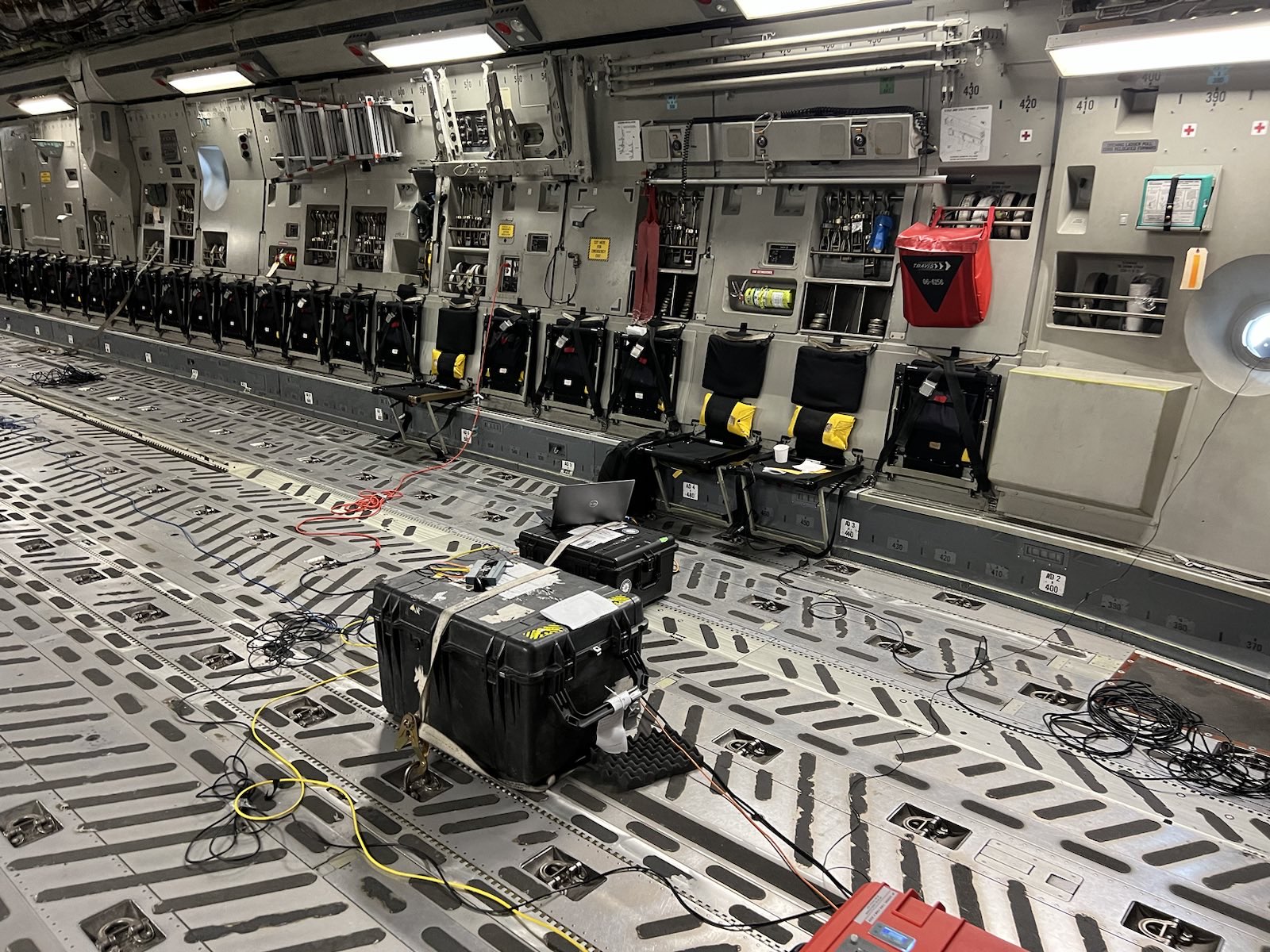
Performance-wise, it seems highly likely that at least some of the Air Force’s future transport aircraft will need to operate over much greater ranges, with payload, compared to current airlifters.
With the U.S. military gearing up for a potential major fight with the Chinese military across the broad expanses of the Pacific region, the requirement for increased range, for all types of aircraft that would be involved in such a scenario, becomes paramount. The problem is exacerbated by the limited basing options for American forces in the Pacific, coupled with the fact that available airbases could well be very vulnerable to enemy stand-off strikes.
At this point, it’s far from clear when AMC might start to introduce new airlifters, let alone what kinds of novel technologies they might embody. As regards to the Boeing BWB concept from earlier this year, the company said a vehicle of this type “could be developed in the next 10 to 15 years as a subsonic transport, with a focus on military transport.” All this will also cost money — a lot of money. Where those funds will come from to build an entire new family of airlift assets remains to be disclosed.
What is clear is that there is a growing realization that the next generation of airlift assets that will be needed to replace the C-5 and C-17, and potentially other types, will have to be more survivable and that they will otherwise need to cater to a diverse set of requirements, driven to a significant degree by the potential for a conflict with China in the Pacific theater.
Contact the author: thomas@thedrive.com
